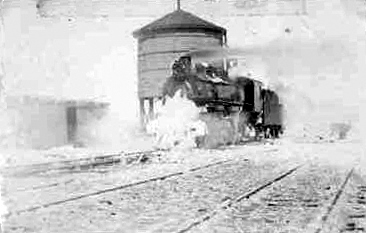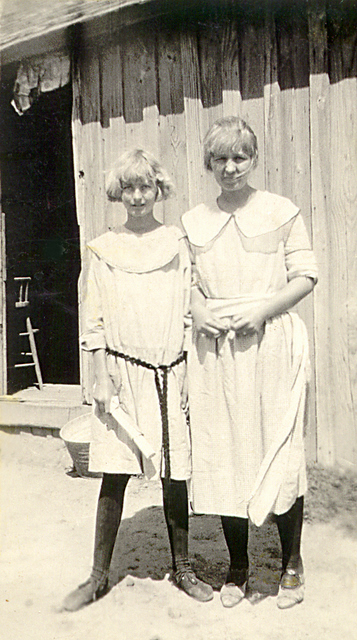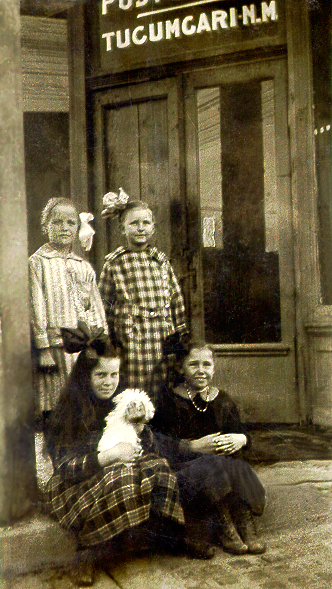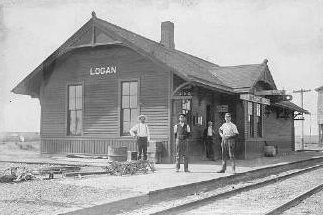Homesteaders. Hardscrabble. Hungry. Tough. Tenacious. Those are all words that describe Glena and Sabrina’s great-great-grandparents. The Osborns and Johnstons traveled to New Mexico from Missouri in 1906 in a wagon train with several other families, headed west with a promise of prosperity in their steamer trunks and saddlebags.


But they persevered. They were trailblazers and they were adventurous. There’s a story about Tralve Johnston, Glena and Sabrina’s great-grandfather – when no one else could get a wild black stallion across the Canadian River, Tralve climbed on and then he held on. It was a rodeo in the river, the old folks say, the craziest ride of the trip. Tralve became a legend, renowned for his own wild and fearless behavior.
After staking their claim near Gallegos, New Mexico, Ade and Tralve Johnston tried their hand at dry-land farming. For those of you who don’t know it, dry-land farming is a truly fearless endeavor – you plant as soon as the rains end in the spring (if the rain shows up at all) and then pray for moisture (but not too much) all summer long. Sometimes, if you get extremely lucky, you actually make a crop. It’s dry and dusty work, and seldom rewarding. But it gets you land. It gets you roots.
They raised chickens as well, and sold the eggs in town. Tralve took a job in the 20’s driving a truck, and when he started misbehaving and staying away from home too long, Ade divorced him. It was scandalous, unheard of in those days, especially in rural New Mexico.
When times got tough there, she sold out and moved 24 miles southwest to Logan, where she opened a more prosperous café. She didn’t quit. She didn’t go home to Missouri. She just kept working and building a business. It was the 30’s – when most folks sold out and moved to California, she stayed.
And that’s part 1 of how we make the skeleton dance here at Pick Up Sticks. Instead of focusing on the negative parts of our history, we celebrate it. We’re adventurous (who in the world would have ever believed we could create a jewelry business from thin air?), we’re tough and tenacious (those early years were almost unbearable – have we told you some of our scary early market stories?), and we believe in strong women because that’s where we come from.
By celebrating where we came from, we also celebrate you. We celebrate your own family stories, the adventurous genes coursing through your veins, the hardscrabble tenacity you share with your forebears. It’s our goal every day to help you feel happy about who you are and where you come from.


But we also felt that by taking images that were no longer modern and combining them with the best of quotes and inspiration, we might just create something that had lasting appeal to you. History, especially your own, is always important, and it’s
generally beautiful. Even if there are skeletons. Just be sure you make them dance…
There are more stories and more skeletons. We can’t wait to share them with you.
